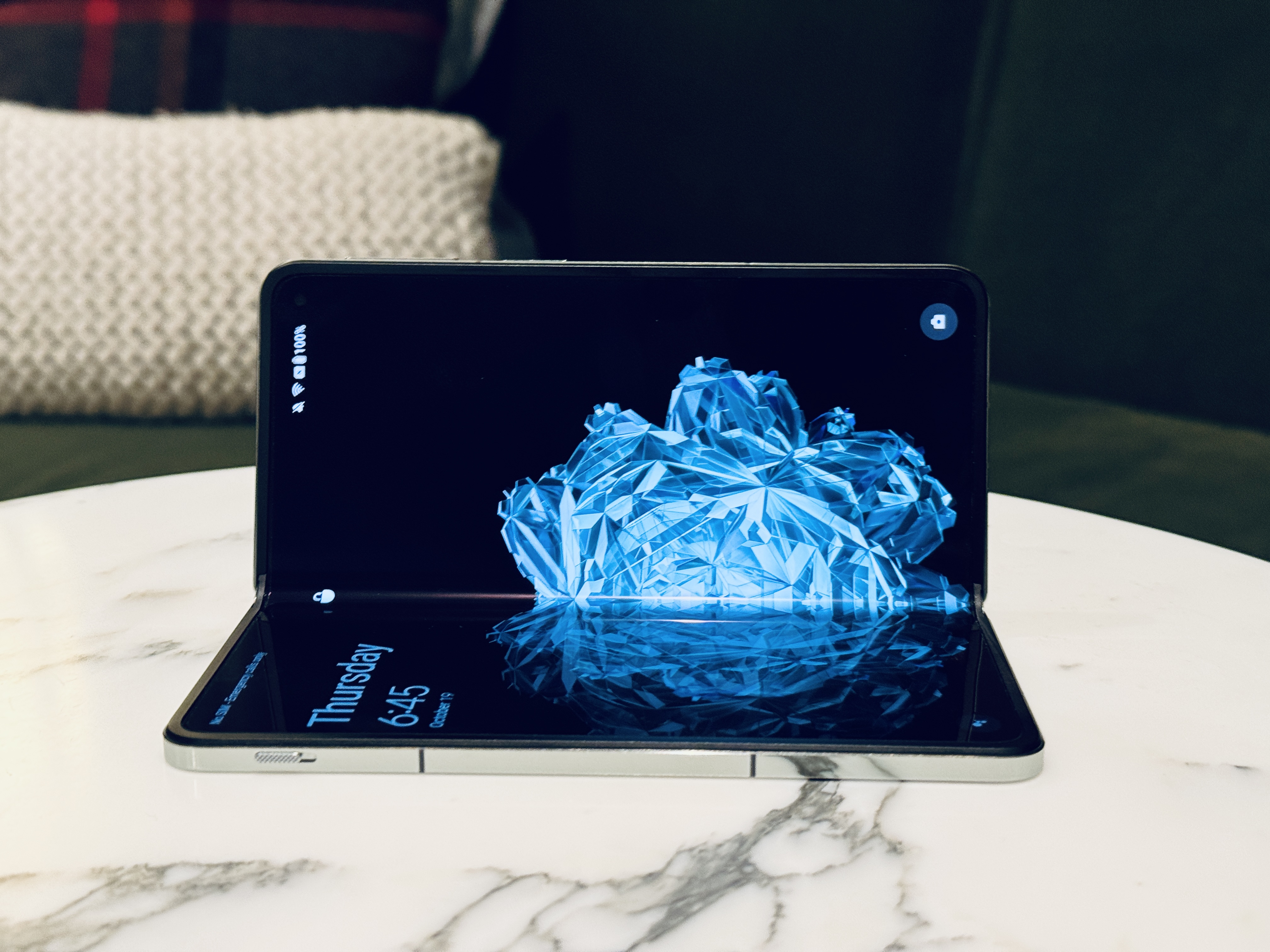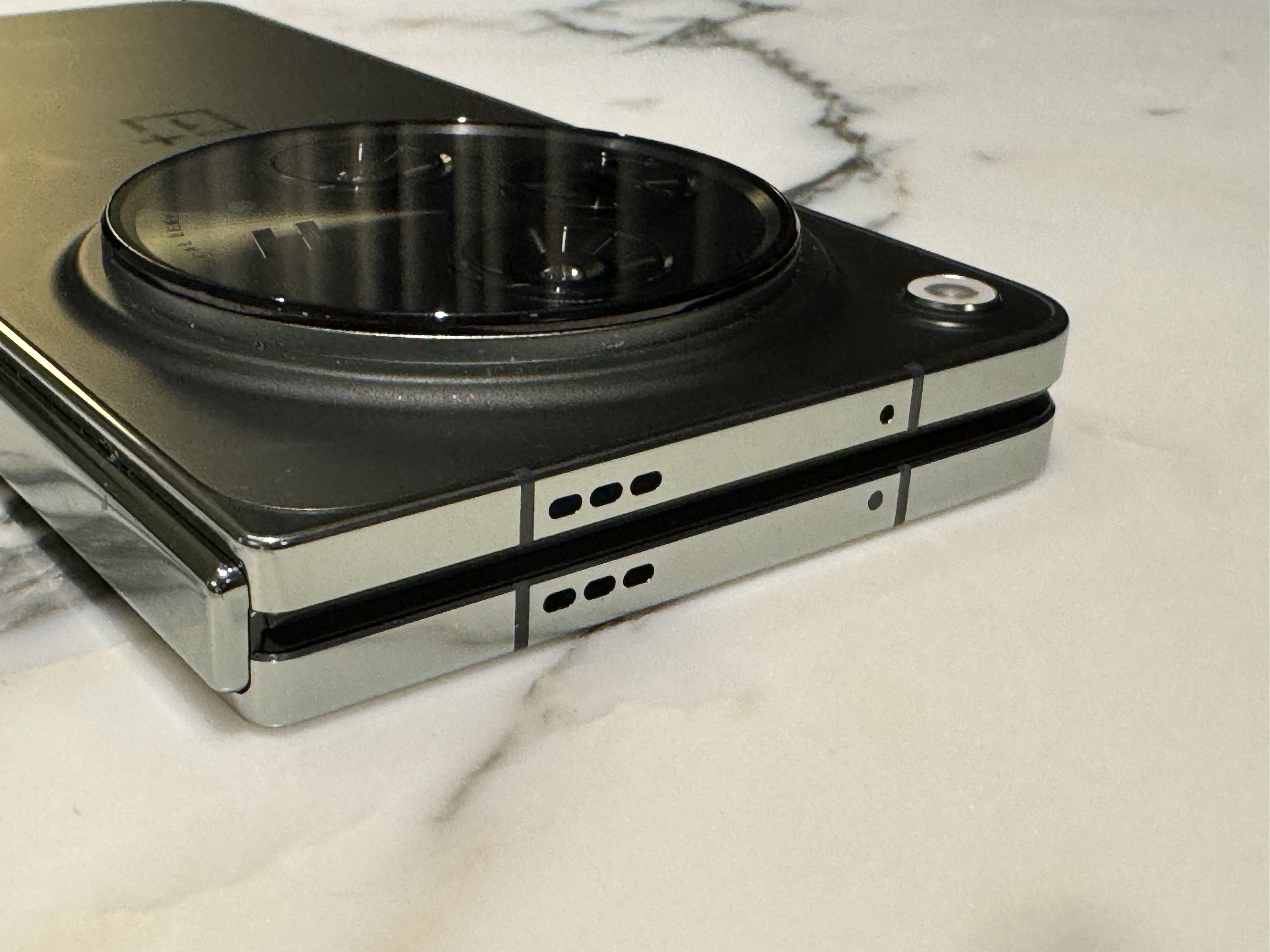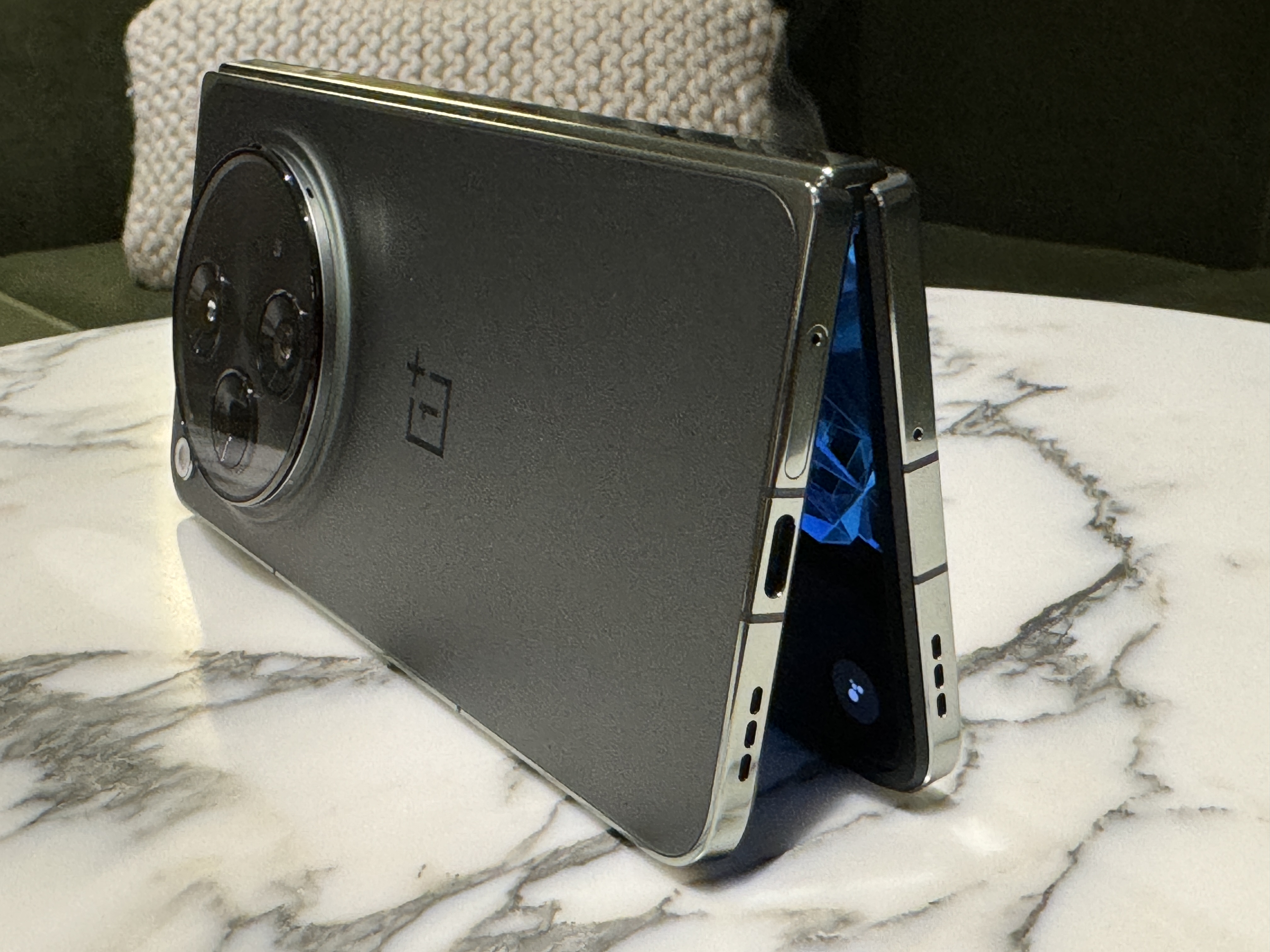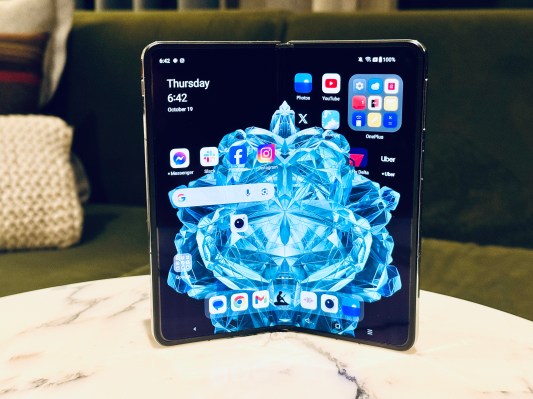In the earliest days of foldables, simply participating was enough to get people to take notice. With every new player on the scene, however, it becomes increasingly difficult to distinguish oneself from the crowd. As we barrel toward the end of 2023, Samsung is far from the only game in town. We’ve got Google, Motorola, Huawei, Honor and, of course, Oppo, among others.
What makes the category a fascinating one at the moment is the lack of consensus around the specifics of form factor. Unlike the broader smartphone space, we’re still seeing a good bit of experimentation. That’s not something you can always say in the world of consumer electronics, and it bodes well for the category’s future that not everyone decided to simply copy Samsung.
For my money, The Samsung Galaxy Z Flip and Google Pixel Fold are terrific takes on the concept. The first prioritizes space, embracing the bygone days of clamshell dumbphones. The second is a good balance of portability and maximum screen size — the internal screen is also an ideal shape and size for reading, which has become my foldable priority of late.
When I first saw the OnePlus Open, I wasn’t impressed. At first glance, the company appeared to have gone the Galaxy Fold route that defined foldables’ earliest days. But using is believing, I suppose. The company’s first foldable has been slowly winning me over for the past week or so. The Open is an attempt to maximize screen size, without hitting an untenable weight. There are sacrifices, among them the loss of wireless charging.

This, too, initially struck me as an odd choice. It’s 2023 — nearly 2024, as a matter of fact. Surely any company that opts not to include wireless charging on such an expensive premium smartphone is going to get slammed by the press. It’s something consumers expect. And besides, weight never seems to be anyone’s top concern. But maybe it ought to be in the world of foldables.
If you think of a foldable as essentially two phones, you start to understand why consumers may begin to prioritize things like weight and size. The Open weighs in at 239g, versus the Galaxy Fold’s 276g and Pixel Fold’s 283g (honestly, I’m just glad they didn’t land on “OnePlus Fold” for this thing). Forty or 50 extra grams starts to make a difference after you’ve carried it around in your pocket for a while. Of course, whether that’s worth losing something like wireless charging is ultimately up to you, the consumer.
Let’s talk about the hinge mechanism for a second. OpenPlus definitely did the homework here, putting it through its paces with a stated 1 million folds during testing. For what it’s worth, that’s around 3x the number that has seemingly been settled on as the standard. The company notes that the number works out to north of 10 folds a day for more than 10 years, which I would say is a fairly safe spread.

Maybe the most interesting bit about the new hinge is the fact that it’s comprised of 69 parts, compared to the hundreds or so included in the competition. With that the system has both more room inside the device for other components like additional battery life and (theoretically) fewer points of failure. I immediately noticed that it has an authoritative snap to it. The thing closes with a bit of force — no wonder there’s a lip around the internal screen that serves as a kind of bumper to both restrict the two sides of the screen and allowing a small gap between the two, helping restrict the potential for small debris to get smashed inside.
The downside to all of that is that the screen doesn’t stay open at as many angles. When using foldables for reading, I tend to use them at an obtuse angle. In keeping with the device’s name, the hinge slowly moves itself back to 180 degrees (fully flat). It’s a fairly minor complaint, if I’m being honest.

The interior screen measures 7.82 inches and the exterior 6.31. That means you effectively get a full-size smartphone screen and a small tablet. It’s a nice design that doesn’t rely on the Galaxy Fold’s narrow and somewhat awkward exterior screen. Honestly, the competition has pulled ahead of Samsung on that front, and it might be time for the company to rethink its approach. All told, OnePlus has done a good job balancing screen and device size here.
Both displays sport 2K resolutions, with a 120Hz refresh rate and up to 2,800 nits of brightness. Side note: the exterior screen protector has already been scratched to hell after less than a week.
The device has a solid feel to it. I wouldn’t recommend dropping it, though OnePlus has included a case in-box — something frankly all companies selling $1,600 devices should do. Clearly the smartphone industry is being controlled by big accessory.
[gallery ids="2617236,2617234,2617232,2617235,2617233,2617231"]
The industrial design is nice, if unremarkable, save for the massive camera module on the rear. OnePlus likes nothing more than slapping a giant camera module on a high-end device. A premium design for a premium handset, I suppose. At the very least, it stands out from the crowd.

With the Open, it’s a big circular bump that monopolizes most of the device’s upper back. There are three large camera rings and a small flash. It also, naturally, sports a big Hasselblad logo, as part of that three-year deal the companies announced back in 2021. The primary camera is 48 megapixels (Sony’s new LYT-T808 sensor) and sports built-in optical image stabilization. That’s coupled with a 48-megapixel ultra-wide that features autofocus. The third is a 64-megapixel that performs “lossless zoom” up to 6x.
[gallery ids="2615760,2615759,2615758,2615757,2615756,2615755,2615754,2615753,2615752,2615751,2615749"]
I’ve been in Seattle for the last few days and set aside a bit of time to test out the Open’s camera. OnePlus promises “flagship quality” imaging — which, again, ought to be a prerequisite on a $1,600 smartphone, if you ask me. I’ve been pleased with the shots I’ve managed to grab on the device, even with some very mixed light settings, like the top of the Space Needle on an overcast day and inside the dark, neon corridors of Pike Place Market (yes, I went all touristy for the photos).
The exterior selfie camera is 32 megapixels and the internal is 20. They’re both integrated into the screens via hole punch cutouts. No one should be rushing into under-display cameras in their current shape.

Image Credits: Brian Heater
The handset is powered by the Snapdragon 8 Gen 2 — Qualcomm’s latest. That’s coupled with 16GB of RAM and 512GB of storage. The battery weighs in at 4,805mAh, a bump over the 4,400mAh found on the Galaxy Z Fold 5. The system also has built-in support for Wi-Fi 7.
What I can tell you about the price is that $1,600 isn’t bad for a foldable — that, of course, is a pretty massive qualifier here. Both the Google Fold and Galaxy Z Fold are $200 more. In this brave new world of folding screens, I suppose that affordability should be approached in relative terms. Do I think the Open would sell like gangbusters if it was priced to compete with, say, the Galaxy Z Flip? Sure. Do I think that’s realistic given the current cost of foldable components? Perhaps not.
There’s nothing on-board I would qualify as a gamechanger, but it’s clear that OnePlus took its time and was very deliberate about the choices that formed the basis of the Open. It’s a fine addition to the current crop.
